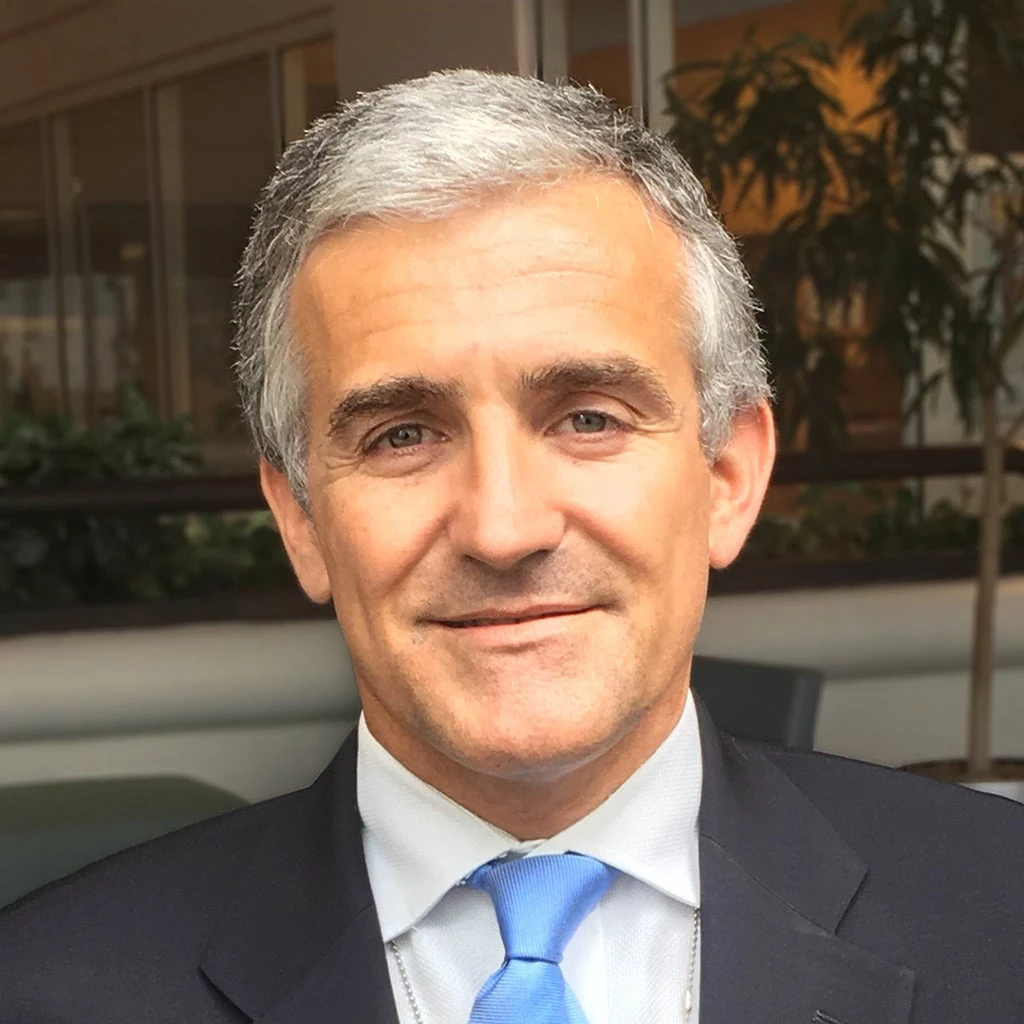 Crowded hospital hallway. Yemen.
Crowded hospital hallway. Yemen.
Hameed, a 12-year-old boy from Yemen, was fortunate to receive treatment for a cholera infection at a public hospital north of the capital, Sana'a. It wasn't his first bout with cholera --he had already survived one previous infection. Like millions of children in Yemen, he is at constant risk. Cholera transmission is closely linked to inadequate access to clean water and sanitation facilities, which is common in slums and camps for internally displaced persons and refugees.
In addition to cholera, one-third of the global disease burden from HIV, tuberculosis and malaria, and some of the highest levels of maternal, newborn and child deaths are to be found in countries impacted by fragility, conflict and violence. It’s not surprising that these are some of the poorest health outcomes globally. Major crises stretch already weak health systems and often put vulnerable groups—particularly women, children, ethnic minorities, people with disabilities, the elderly and LGBTI populations —at risk of being excluded from receiving basic services like healthcare.
For a development actor like the World Bank Group (WBG), the priority is preserving essential institutions and primary healthcare systems in situations of crisis and conflict so that all people can access the health services they need. This includes strengthening health systems to cope with health emergencies, as well as providing services for the most vulnerable crisis-hit communities, many of whom may be displaced and for whom continuity of services is a challenge. Building institutional capacity for the long term is crucial to ensure such resilience and mitigate the effects of future crises and conflicts.
Supporting primary care in South Sudan, Yemen and Jordan
In countries affected by fragility and conflict, the government’s ability to deliver basic health services to all people is often compromised. In many situations, the state is not in control of and able to deliver services to the entire population. In South Sudan, where maternal and child mortality and morbidity rates are among the highest in the world, and child malnutrition is severe, the Provision of Essential Health Services Project is bringing high-impact health services to women and children that will benefit more than 3.5 million people, with a special focus on high-risk communities and internally displaced persons. The project is also training health professionals in the treatment and counseling of sexual and gender-based violence victims. It is being implemented in partnership with the International Committee of the Red Cross (ICRC) and United Nations Children's Fund (UNICEF).
Yemen is another example. Since 2015, lack of access to basic healthcare, water and sanitation services for 18 million Yemenis due to the ongoing conflict contributed to the largest-ever recorded cholera epidemic and the worst child malnutrition rates in the world. The Yemen Emergency Health and Nutrition Project enabled the delivery of critical health and nutrition services, including addressing the cholera outbreak that affected Hameed through integrated health, nutrition, water and sanitation interventions.
Preserving primary health systems, improving service delivery resilience, and providing support to conflict-affected poor and vulnerable Yemenis have been a top priority. Since the start of the project in January 2017, approximately 12 million Yemeni children had been reached by nationwide vaccination campaigns, more than 1.6 million people had been treated for cholera, 4.3 million women and children had received basic nutrition services and 16 million had been reached by health and nutrition interventions. The project is currently supporting around 50 percent of the public primary and secondary healthcare facilities across Yemen. This project has also seen innovative partnerships with UN organizations, including the World Health Organization and UNICEF as implementing partners.
Both these projects are examples of how organizations with complementary mandates in the humanitarian and development sectors can work together to both deliver critical health services and invest long-term to make the health system more resilient during crises , thus operationalizing the Humanitarian-Development Nexus to preserve Yemen’s human capital.
With 70.8 million people now forcibly displaced worldwide due to conflict and instability, there are major challenges to the health of those who are displaced as well as communities hosting them. In Jordan, for example, financing to support the Jordan Emergency Health Project helps to deliver critical primary and secondary health services to poor uninsured Jordanians as well as Syrian refugees. Over the past year, the project supported the Government of Jordan to deliver more than 5 million primary and secondary health care services. New additional financing includes a contribution of $58.9 million for the next four years from the Global Concessional Financing Facility (GCFF), which supports middle- income countries impacted by fragility and conflict—since crises and conflict affect countries at all income levels.
Mental health and pandemics
An often-neglected component of health services during emergency situations is mental health. In Afghanistan, many people have experienced frequent traumatic events resulting in a large number of mental health problems. One in two Afghans suffers from psychological distress and one in five is impaired because of mental health issues. The Sehatmandi Project, co-financed by IDA, the Afghanistan Reconstruction Trust Fund and the Global Financing Facility, provides essential health services across the country. This includes community-based services and basic psychosocial counseling at primary health care level, as well as the management of severe and acute mental health problems and professional psychosocial counseling in about half of the country. In 2018, more than 2.2 million people received mental health services in all 34 provinces of the country compared to around half a million people in 2009.
Health security from pandemic threats is another area we need to tackle head on. All countries are at risk from outbreaks such as measles, MERS, Zika, dengue, Ebola, or now COVID19, but none more so than low-income and countries in fragile situations. The drivers of health security threats in these places include poor sanitation, lack of access to clean water, poor governance, poor education, insufficient public health-care expenditures, poorly regulated private health services, instability and conflict. IDA, the World Bank’s fund for the poorest, is an important part of how countries can be better prepared to tackle the root causes of disease outbreaks. Human capital is a cross-cutting theme of the new IDA 19 policy package which includes ambitious targets for delivering essential health services for countries with the greatest needs. Quality health services --- especially for the poorest people – is the bedrock for improving country outcomes.
The World Bank Group strategy for fragility, conflict and violence
Investing in and protecting human capital is also a key element of the first institution-wide strategy on fragility, conflict and violence (FCV) of the World Bank Group, which has recently been released. Health is a critical element of these investments – before, during and after crises. To ensure that country programs support the development needs of communities in all FCV-impacted countries, the strategy is built on the four key pillars of crisis prevention, staying engaged during conflict taking a long-term development approach, helping countries transition out of crisis and helping mitigate the cross-border impacts of FCV situations like forced displacement.
The strategy also focuses on how to operationalize these approaches, learning lessons from past engagements—by introducing changes to World Bank policy and programming and scaling up focus on partnerships and personnel to ensure that the institution is fit for purpose to tackle FCV challenges. As the number and intensity of FCV challenges increases, addressing them becomes even more mission critical for the WBG—given that up to two-thirds of the extreme poor globally will live in FCV settings by 2030.
More information on the World Bank's response to COVID-19 (coronavirus)



Join the Conversation